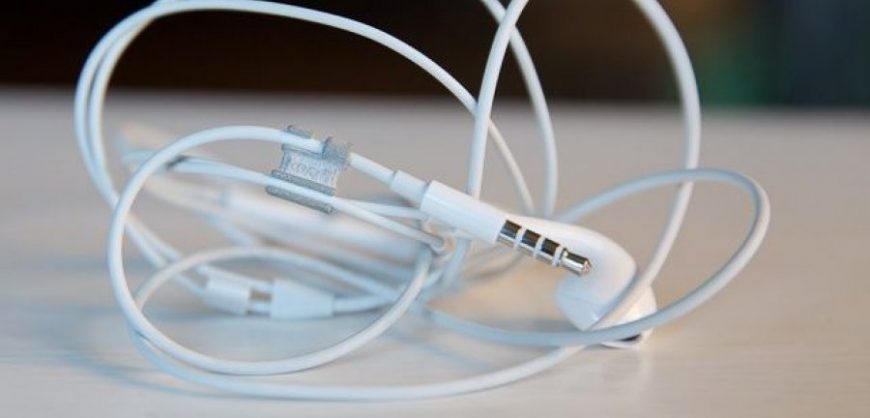One of the most enraging things someone can endure is getting their earphone cables tangled. It is truly infuriating to consciously and deliberately place your cables apart on your desk, only to come back a little later and discover for the umpteenth time they have turned into an unholy mess.
And that’s when you take care to keep them separate, so you can imagine the outcome when you choose to put them in your pocket or bag!
So how do headphones (and other stringy objects) get so knotted in such a short time? To find out, some physicists started by tumbling strings of different stiffness in a box. They found that “complex knots often form within seconds”, and that stiffer strings are less likely to get knotted up. They then used these data and computer simulations to explain how the knots are likely formed (see figure below); basically, when jostled, the strings tend to form coils, and then the loose end weaves through the other strands, much like braiding or weaving. And voila! Tangled headphones to make your day just that much angrier.
“It is well known that a jostled string tends to become knotted; yet the factors governing the “spontaneous” formation of various knots are unclear. We performed experiments in which a string was tumbled inside a box and found that complex knots often form within seconds. We used mathematical knot theory to analyze the knots. Above a critical string length, the probability P of knotting at first increased sharply with length but then saturated below 100%. This behavior differs from that of mathematical self-avoiding random walks, where P has been proven to approach 100%. Finite agitation time and jamming of the string due to its stiffness result in lower probability, but P approaches 100% with long, flexible strings. We analyzed the knots by calculating their Jones polynomials via computer analysis of digital photos of the string. Remarkably, almost all were identified as prime knots: 120 different types, having minimum crossing numbers up to 11, were observed in 3,415 trials. All prime knots with up to seven crossings were observed. The relative probability of forming a knot decreased exponentially with minimum crossing number and Möbius energy, mathematical measures of knot complexity. Based on the observation that long, stiff strings tend to form a coiled structure when confined, we propose a simple model to describe the knot formation based on random “braid moves” of the string end. Our model can qualitatively account for the observed distribution of knots and dependence on agitation time and string length.”
source: discovermagazine.com




































